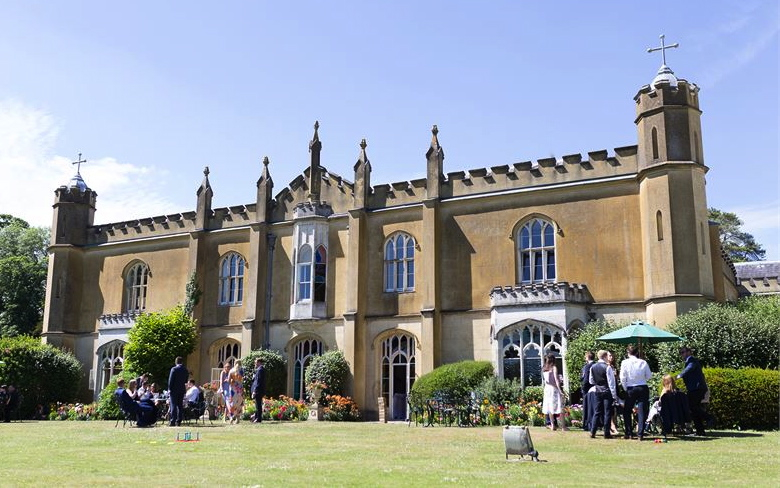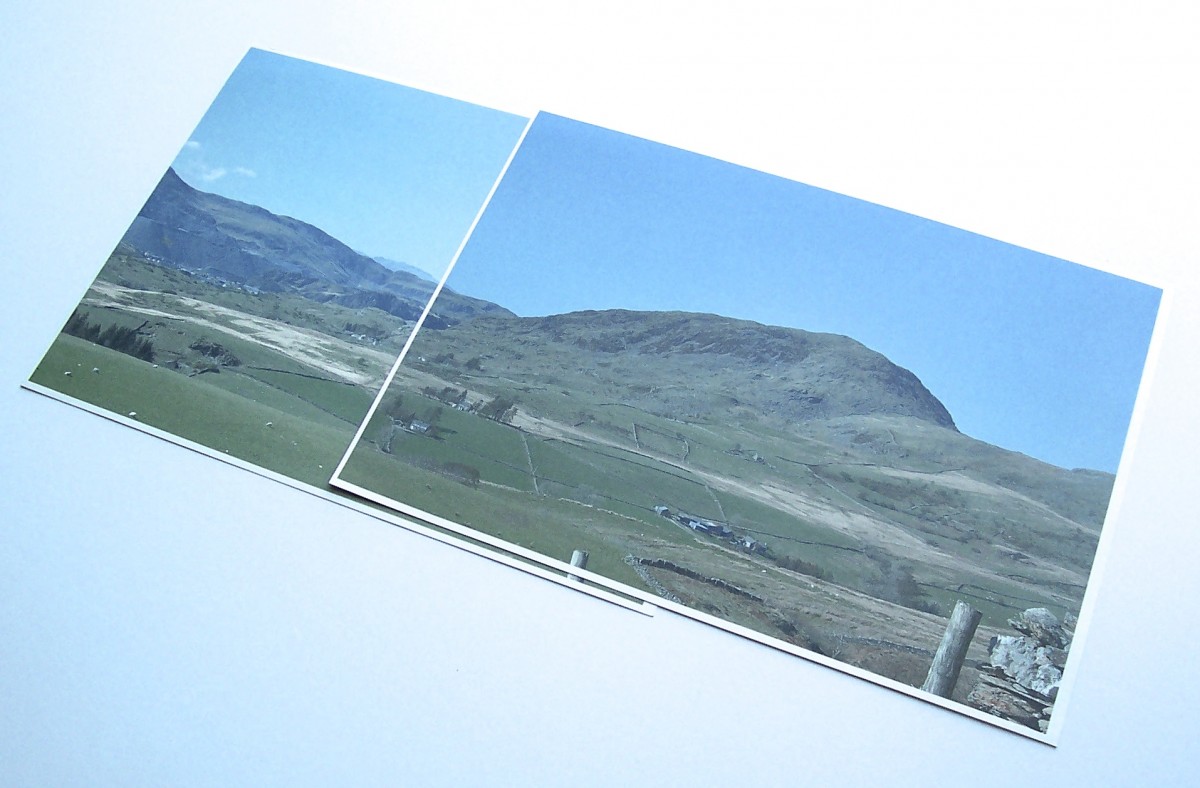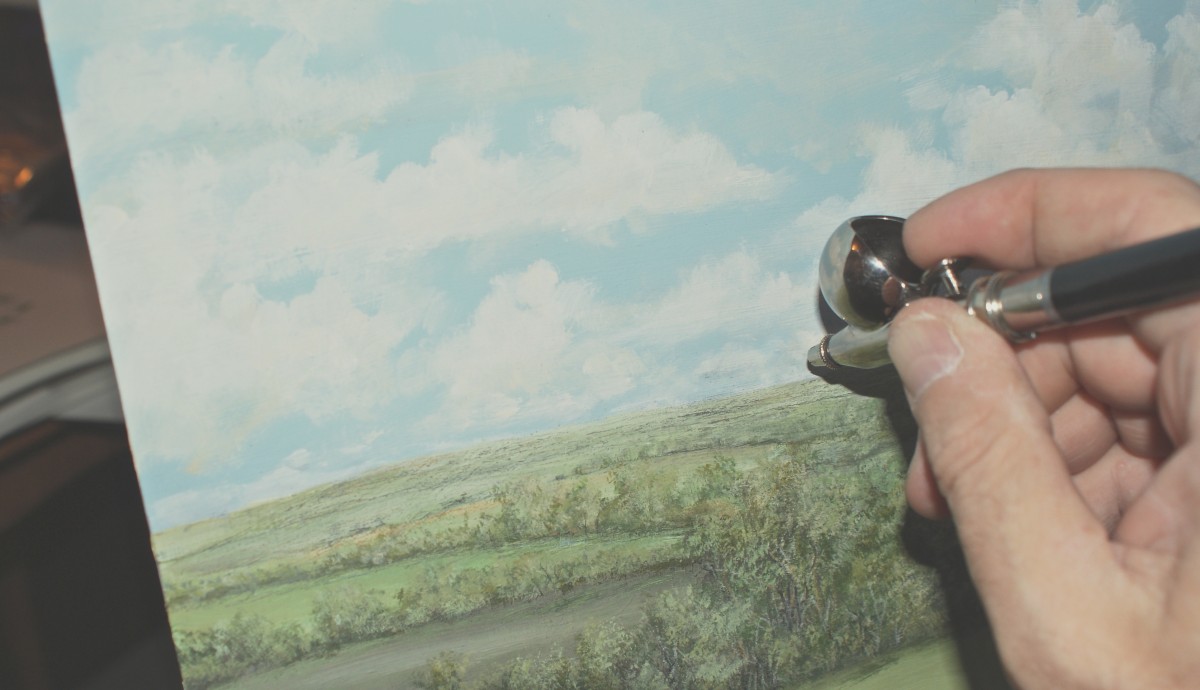If you have just clicked through from the modellers website, please do have a read through this introduction, then scroll down the page to discover more about the activities during a weekend scenics and landscape course.
I have recently added several more examples, including many of the actual test sections produced during the course.
Please do have a look around the rest of the site if you have time, and keep up with some of the progress on my most recent 3D backscene projects in the ‘latest news’ section. By all means ask any questions you like using the link provided.
https://www.missendenrailwaymodellers.org.uk/index.php/missenden-autumn-2020-question-submissions/
This page outlines some of the many benefits of attending the Missenden Abbey railway modellers, and I’m very proud to have been asked to do their backscene and scenics course. For more than 30 years now, long before I started, these unique events have been held at the Abbey, and the subject list covers an increasing range of aspects of railway modelling as the hobby evolves.
Primarily then, the idea is to teach many of the skills associated with railway modelling, both old and new. The options range from chassis construction, CAD Design, electronics and landscape study to kit-building, soldering and tracklaying as well as airbrush painting and weathering. In virtually all cases, the Abbey organisers recommend applying the techniques directly to your own project.
Learning how to solder, how to use an airbrush, programme a locomotive, build scenery and paint distance, make and wire up your track – whatever level you’re aiming for, our courses are designed to equip you with the skills necessary for taking an active and enjoyable interest in the hobby. The courses aim to provide not only the knowledge, but also the confidence to use it.

Deep in the Buckinghamshire countryside, within easy reach of the M25, Missenden Abbey provides excellent food, comfortable accommodation, free broadband and real ale in the bar

Anything goes as far as subject matter is concerned, which keeps it interesting, but the main ingredient for success regardless of scope is the gathering of reference so that we can prepare in advance. There’s no substitute for this, and the Abbey organisers recommend a preparatory discourse with the tutor,saving valuable time on the weekend just when you need it most.
Getting the best from your weekend session does involve a certain degree of preparation, so if you do have a project to bring along, by all means use this page as a guide to assemble a folder of useful reference. This is best kept as partly printed and drawn images for the purposes of tracing and colour maps, and some digital files with bookmarks to useful sites and image libraries. Period maps, photographs and a file of any surviving features from a site visit along with layout pictures and sizes to get it all planned and positioned as best as possible.

Reference photos for study and colour matching.

We can freehand airbrush from reference onto a test panel if preferred.

Blow up any skies you might want to display over your scene, and we can transfer it to your rear panel

I always bring tree making materials just in case.
Basically this is an on-line resource with the capability of generating a topographical line drawing from any location in any direction from any height. It’s a great way to establish your specific contour profiles and skyline. Once you have a horizon datum line for your backscene, you need only work out the viewing elevation (eye level height above rails at layout scale) enter it into the parameters and just re-size the panorama before applying it to your horizon.
The image can be overlaid onto the horizon datum line drawn onto the rear panel, and it’s usually based on the average public viewing height for exhibition layouts.
As an example of just how effective this is I’ve done a really quick example looking inland over Porthmadog Harbour station and the cob towards Yr Wyddfa and Moelwyn

360 degree panorama of Snowdonia with Porthmadog at centre.

Centre section

Same with reference overlay.
Altogether quicker than working it all out with profiles in perspective and it allows more time for painting (which it won’t do)…yet. I’ll be out of a job when that happens!
It need not be restricted to a 2D image, as each layer can be separately done, building to layout scale nearby like the inset.
Give it a try and donate to it’s well being
A few examples of project work.

Nigel Phillips did this test section as part of the preparation for his lineside depot on the approach to Penzance station.

Gordon Woods brought a fine reference folder including maps, and a number of period shots. The 3D test section shown here was produced over the weekend, and I particularly like the distant hills at skyline.

Stuart Holt’s ‘Kyle of Sutherland’ layout uses diminishing scale elements cleverly to suggest the distant skyline. This was hand painted in acrylics by Stuart

Paul Ash sent in a couple of photos of ‘Stanton’, his rural G.W.R. branch line diorama layout. The open landscape surrounding this lovely scene is just the ticket, and a coppice stands against the distant skyline in perfect balance. The subtle painted sky has light, layered clouds. Paul Ash

Ian Haynes attended a Missenden Abbey Spring weekend, and kindly sent in a few views of a layout he has been involved with. It’s a Scaleseven exhibition model of Aston Rowant station, which was a small intermediate station about six miles from the main line junction at Princes Risborough. Ian took care of the backscene, which was his first go after a very good test section at Missenden, and he chose to hand paint the scene in acrylics from his own panoramic photographs of the site, combined with period reference photos with less local tree growth. Ian Haynes.

Godfrey Glyn started this 3D test section on his second day at a recent Missenden Abbey backscene course, and went on to finish it off in a few extra hours at home. There have been quite a few trial sections from participants like this that have grown into full length landscapes. It works well, the colour saturation is fine, particularly from foreground intensity to far distance reduction, and the very light touch of the distance detail is also exceptional. The rails in the foreground are at 4mm scale. Godfrey Glyn
To sign off with, here is a picture of the traditional chocolate frog souvenir that you get as proof of Missenden initiation. You really do have to earn these, so here goes………….






